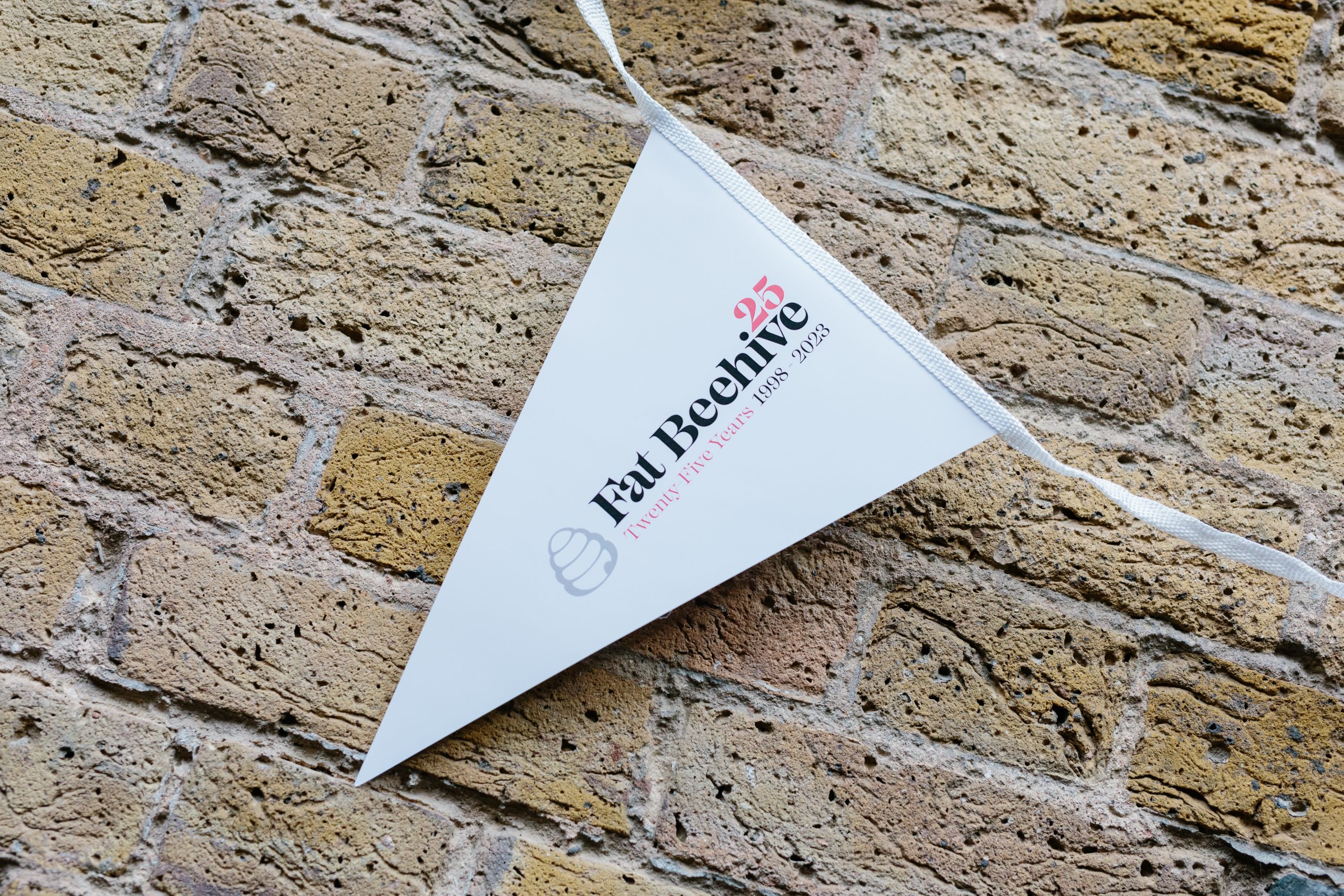Today is Purple Tuesday, an event that encourages participating organisations to improve their customer experience for disabled people. That could be through investing in staff training, raising awareness of hidden disabilities or increasing physical and digital accessibility. As well as simply being the right thing to do for social inclusion, this makes economic sense, with the consumer spending power of disabled people and their families now worth a huge £249 billion to the UK economy.
As the name suggests, digital accessibility is about making the digital world accessible to everyone. You could think of it as the digital equivalent of installing ramps and lifts, adding sign language to a presentation or large print options for flyers. It’s something that we embed into each of our sites at Fat Beehive, and with the correct planning, it needn’t be overwhelming for your team.
What is digital accessibility?
Improving digital accessibility encompasses lots of things: it could mean using clear language or choosing contrasting colours that make it easier for visually-impaired people to read content. It could mean adding a pause button to videos, optimising your content with accessibility in mind, or coding page layouts so they’re compatible with assistive technologies like screen readers.
But accessibility is also different things to different website users: while someone with dyslexia might find a calm, clean design beneficial, this could be at odds with a visually-impaired user who needs a high-contrast site. Accessibility is always a compromise, so having a clear understanding of who your users are and what their specific needs are will always result in a better site.
If you’re thinking that all these things are the hallmarks of a good website anyway, you’d be right: designing an accessible website benefits everyone. After all, easy-to-follow language and layouts aren’t just helpful to screen readers, and video subtitles and transcripts aren’t just beneficial to people with hearing difficulties.
Not just design
Accessibility starts with empathy: being able to put yourself in your users’ shoes and imagine using the site how they will. In a digital world where scrolling is ubiquitous, have you ever tried using a site without a mouse, for example? But creating a user-focused site structure and design can only take you so far with accessibility – the rest comes from the content that you produce, and how you distribute it digitally.
Some of this comes down to structure: using headings and subheadings to organise your writing, making sure that your link text is meaningful (no “click here” or “read more” allowed), and that your non-decorative images have simple, concise alt text explaining their function. The rest comes down to style and relevance: out with complex metaphors, and in with plain language that doesn’t rely on font styles like colour, bold or italics to convey important information. If you’re wondering how to balance this against the competing concerns of organisational tone of voice and SEO considerations, you’re not alone, but an accessibility content audit is a straightforward first step into improving your digital product for all users.
How we approach accessibility
Here at Fat Beehive, we think about accessibility at every stage of our process. When we built Lymphoma Action’s new website, our UX research showed that users found it hard to locate relevant information. Our new design divided service users into six clear categories on the homepage, allowing site visitors to access what they needed quickly and without distractions. And during the development stage of the new Planning for Pregnancy app we built for Tommy’s, we ran extensive user testing to make sure language and layout were appropriate.
We’re currently working on a complex, accessibility-driven website project for a charity whose primary audience extensively uses screen readers. The underlying tech solution is as important as the design; for example, making sure that the HTML is in a logical order despite how it displays on the page. Hence, if the sidebar is displayed on the left, and the main body content on the right, a screen reader will read the content first despite how it’s displayed.
This year we were also proud to join the Leonard Cheshire Change100 programme – an initiative supporting disabled graduates into employment – and carried out several rounds of team-wide accessibility training with Hassell Inclusion to embed accessibility fully into our processes.
With up to 20% of the global population having a permanent disability and a further 20% living with a progressive impairment, your organisation can’t afford to ignore accessibility. So don’t just mark Purple Tuesday and move on: make accessibility the cornerstone of your organisation’s outlook.
– See the Business Disability Forum’s excellent resource library for more guidance on tech accessibility.

